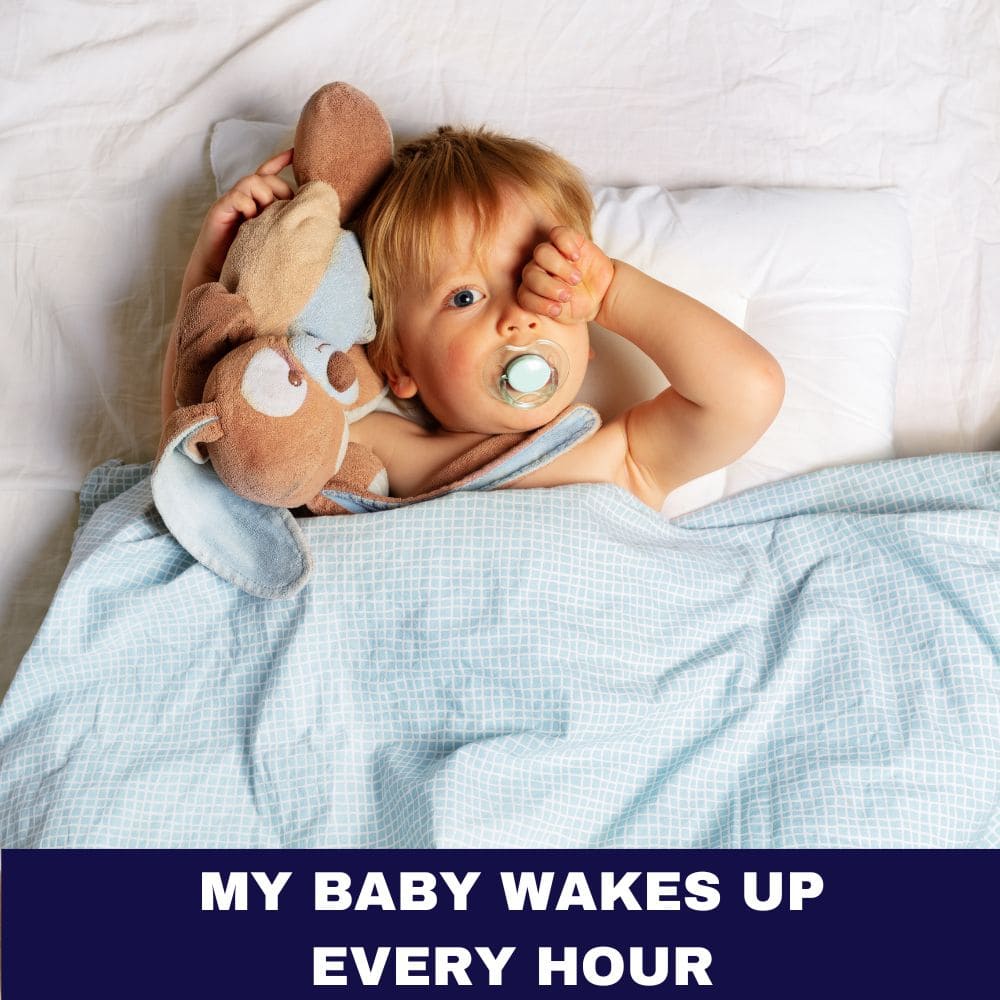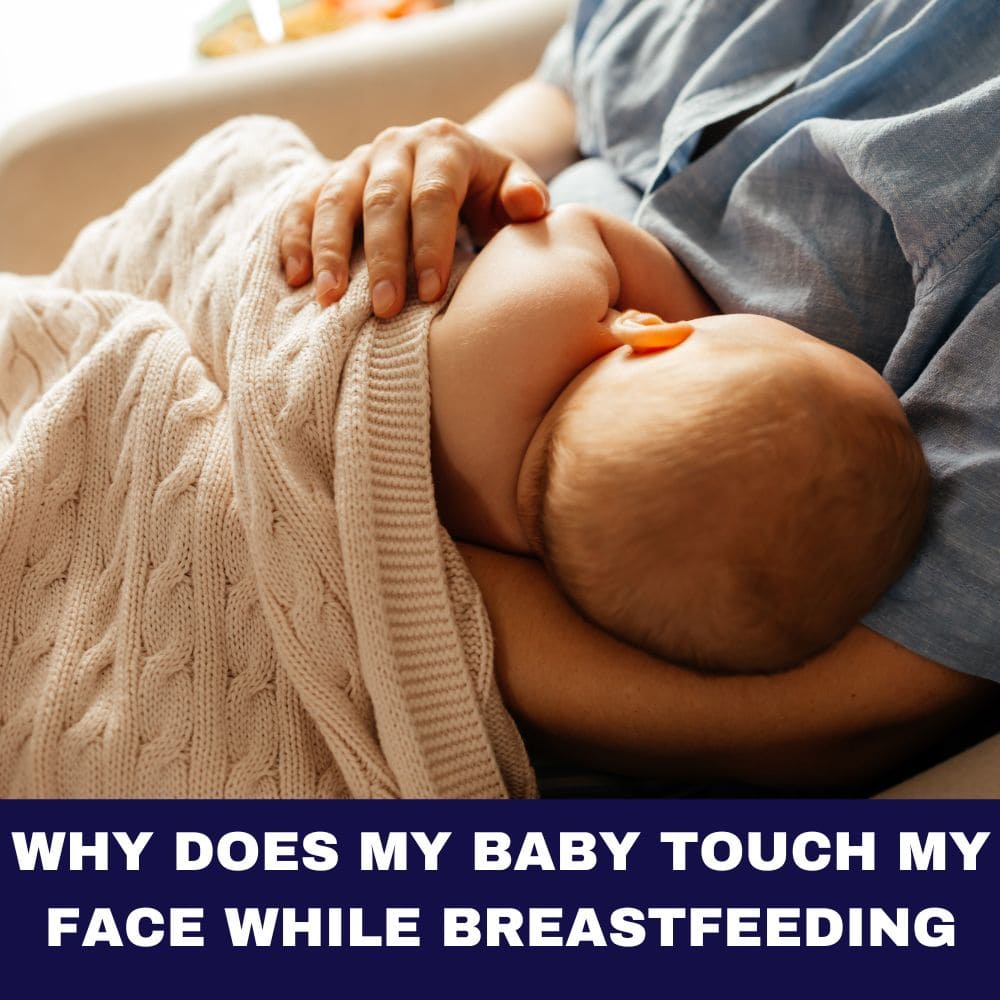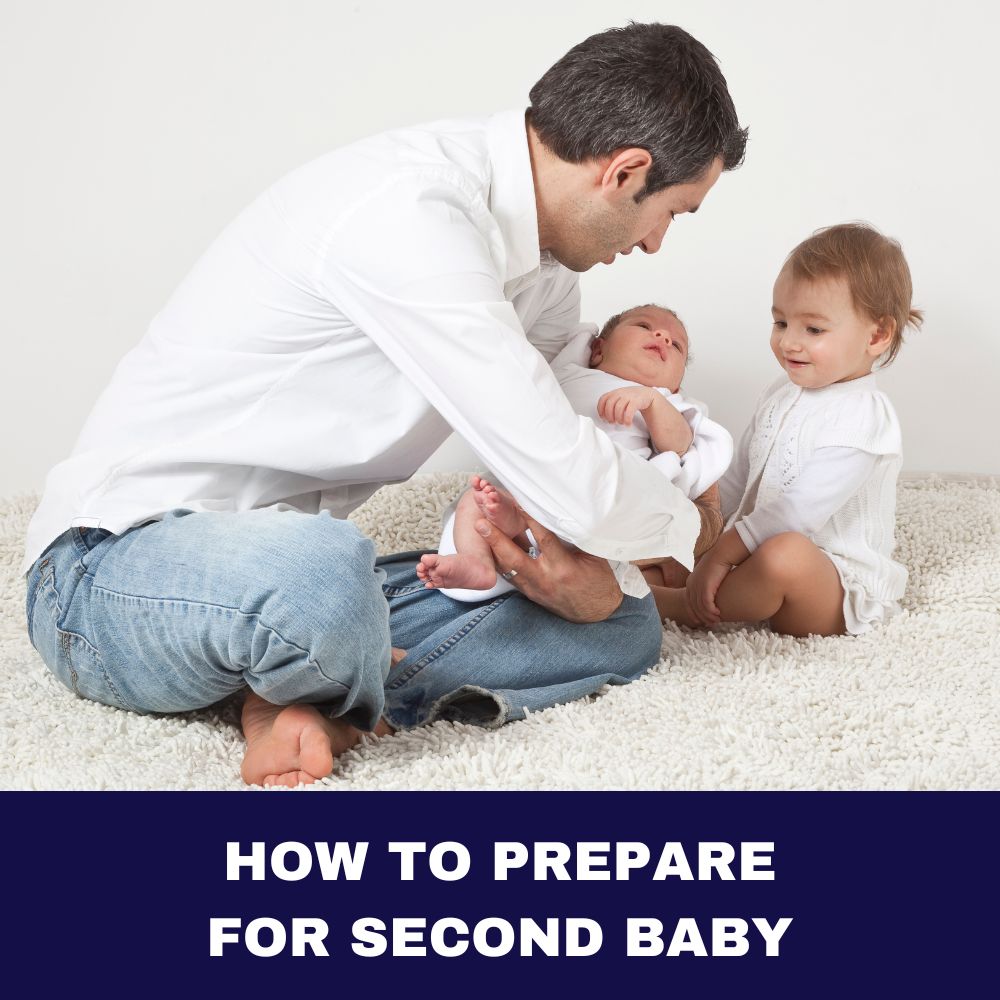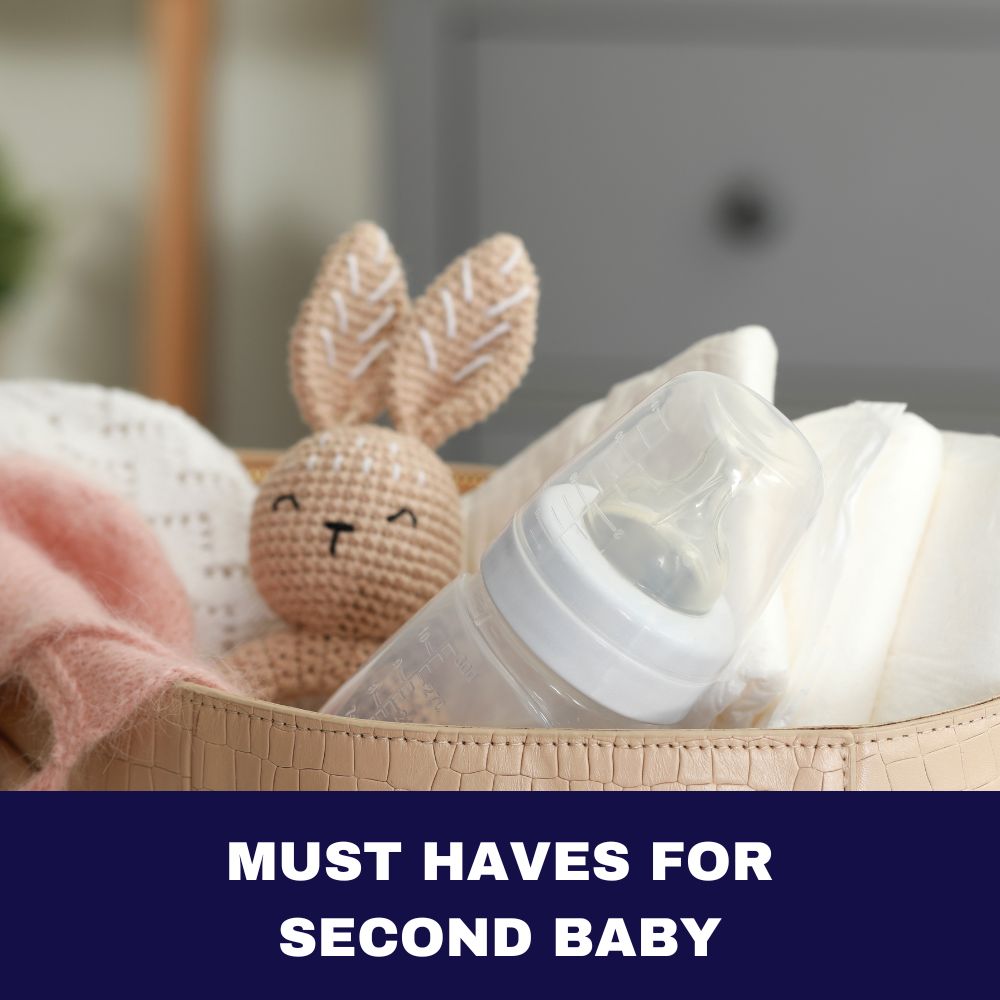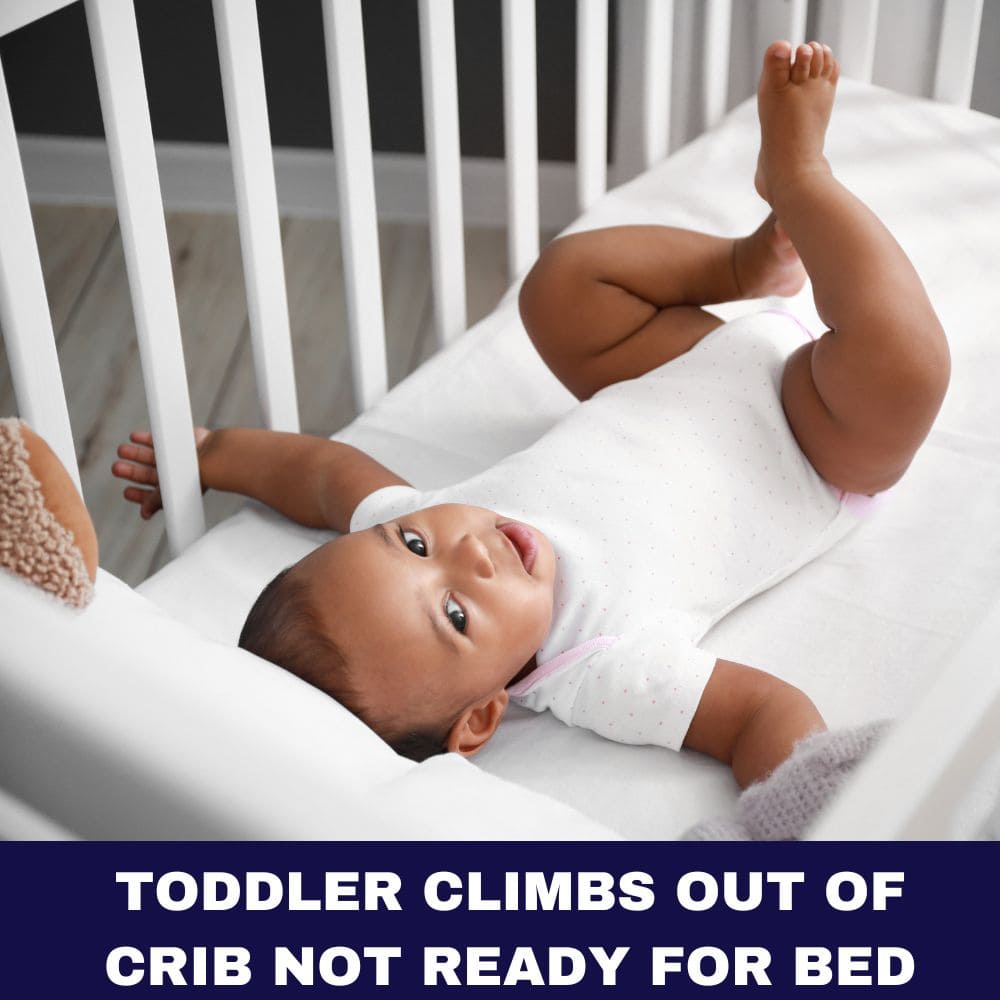As a new parent gazing down at your tiny, sleeping newborn, the first weeks often feel like a blissful, sleep-deprived haze. When will this precious but intense period give way to something a bit less all-consuming? Take heart: while every baby develops on their own schedule, there are some common signs indicating your little one is transitioning out of the newborn phase.
I remember wondering if I would ever not feel overwhelmed and exhausted as a new mom. My days and nights blurred together in 2-3 hour cycles of feeding, pumping, and trying in vain for a bit more sleep. Though sweet, the newborn phase is indeed a major adjustment. If you can relate, read on for insight into when babies grow out of that delicate and demanding stage into being more interactive, independent infants.

What is the Newborn Stage?
The term “newborn” encompasses babies from the time they are born up until around 3 months or 12-16 weeks of age. After spending 9 months curled up in the womb, newborns are adjusting to life outside in the great big world. Everything is novel to them as they rapidly evolve from helpless to engaged little people.
In the first days and weeks after birth, a newborn will sleep around 16-20 hours a day, only waking to feed before conking back out. Their movements are mostly reflexive responses rather than intentional, though they quickly gain more head control. With their senses of hearing, eyesight, and even tasting/smelling still developing, feeding and skin-to-skin contact with caregivers are key. New parents devote most hours of the day to meeting babies’ basic needs as they depend on us for everything. It’s a heart-bursting, challenging period defined by remarkable growth behind the scenes.
When Does the Newborn Stage End?
The newborn phase doesn’t stop overnight, but gradually transitions as babies become more awake, alert, and interactive. There is no definitive line where suddenly they are infants rather than newborns. The pace of development varies significantly for each child. But by 3 months or so, most babies will “graduate” based on meeting physical and social-emotional milestones.
Newborns famously eat and sleep in 2-3 hour cycles. As the weeks pass, they begin sleeping for longer nighttime stretches around 4-5 hours. Weight gain and growth in length are important markers, with doctors tracking babies getting back to birth weight within the first 1-2 weeks.
Duration of the Newborn Stage
Typically lasts until 1-3 months old
The newborn phase spans roughly the first 1 to 3 months of life on average. Because every baby develops differently, professionals define this period primarily by feeding and sleeping patterns rather than the calendar. For instance, newborns need to feed about 8 to 12 times per day for shorter intervals. They also sleep upwards of 16 to 20 hours within each 24 hour cycle.
As you’ll read about below, feeding and sleep habits gradually shift as babies leave that delicate fourth trimester. There comes a turning point around 12 to 16 weeks when their awareness and mobility outgrow the limitations of the newborn bubble. But the changes happen incrementally so it can be tricky to pinpoint exactly when your baby transitions into being a true infant. Regardless, you will definitely get glimpses of their blossoming personality peeking through more and more over the first three months!
Characteristics of the Newborn Stage
Baby’s adjustment to the world
After 9 months of living in the safety and darkness of the womb, being born into the bright sights and loud sounds of the real world comes as quite a shock! Early on, newborns cycle rapidly between sleeping and waking states as their brains cope with intense stimulation. They have virtually no concept of day versus night and need caregivers to provide comforting swaddles and consistency.
Rapid growth and interaction
A newborn’s cells multiply at astonishing rates, laying the foundation for their little bodies more than doubling weight in the first 6 months. Responses start out mostly reflexive, like grasping onto a finger or blinking at light. But they quickly gain control holding up their heads or tracking faces and objects with their eyes. Those early feats show the synaptic connections firing as babies start soaking up new information.
Constant evolution and adaptation
Consider the profound physical and neurological changes newborns withstand as they essentially rebuild functioning systems outside the womb. Their respiration, immune function, circulation, digestion, temperature regulation, sensory perception and more get reorganized internally. Simultaneously babies are learning how to eat, poop, hiccup, startle, sleep, and subtly begin interacting using early facial expressions, noises, and movements.
High dependence on caregivers
During the newborn period, babies rely completely on parents or other caregivers to tend to their needs around the clock. Not only are we their source of nourishment, we help regulate their breathing, heart rate, temperature and sensations through touch. Responding promptly to cries and feeding on demand nurtures the emerging mother-baby bond. It’s normal to feel overwhelmed navigating it all amid postpartum recovery and erratic sleep deprivation though! Which leads us to the next characteristic…
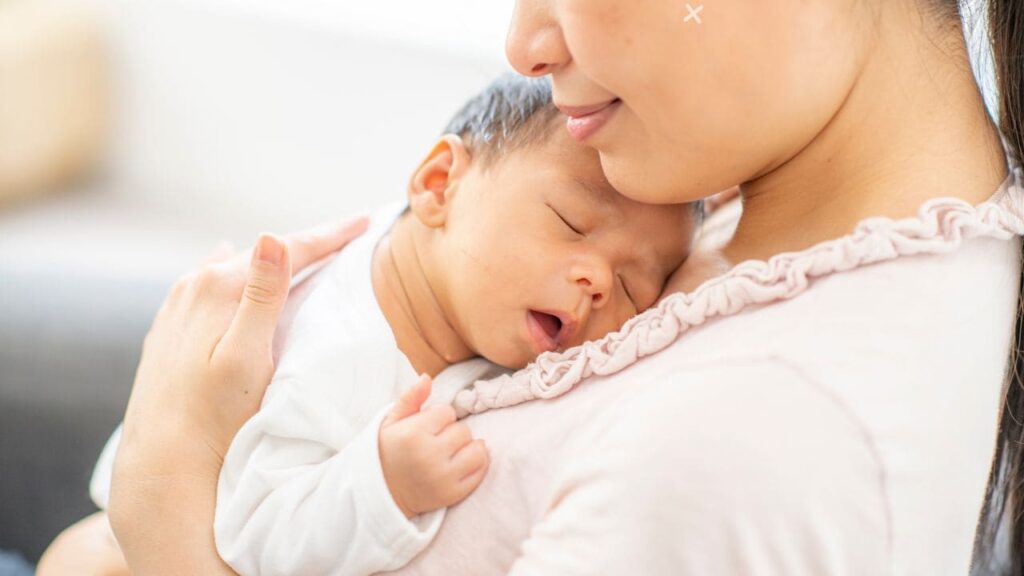
Challenges for parents, including feeding and sleep schedules
Frankly, the newborn phase rocks caregivers’ worlds too. Making sure this defenseless little being survives and thrives 24/7 becomes your whole life. But how do you determine whether their cries signal hunger, a soiled diaper, overstimulation or something more? What about struggling to breastfeed properly or having zero energy to cook nutritious meals for yourself? Suddenly this tiny dictator dictates your schedule without a clue about day or night. Let’s just say there is a period of mutual adjustment before babies become more predictable.
| Newborn | 2 – 3 Months Old | 6 – 9 Months Old |
|---|---|---|
| Reflexive grasping | Holds objects in hands | Swap objects between hands |
| 2 sets of vaccines | 2 more sets of vaccines | 2 more sets of vaccines |
| Sleep 14-18 hours | Night sleep cycle established | Eat solids / nursing feedings |
| Raise head slightly while laying down | Push up on forearms | Sit independently |
| Coos and babbles | Engages in social play | Stranger wariness emerges |
Tracking Baby’s Growth
Regaining birth weight by 10-14 days
One important milestone caregivers and pediatricians monitor is how quickly newborns get back to their birth weight – usually within 10 to 14 days. Weight checks continue at regular wellness visits to ensure adequate ounces are piling on. Once feeding difficulties resolve and moms’ milk supply is established, babies start rapidly gaining weight. Chubby baby thigh rolls, anyone?
Beyond weight gain, further signs your baby is developing beyond the delicate newborn phase revolve around their increasing capacity to see, hear, move, regulate themselves and understand the world. The sections below outline some of the most notable indicators that the corner is being turned.
Sign #1: Baby is Sleeping Longer at Night
As mentioned, newborn babies need to eat frequently and nap often, rarely going more than 2-3 hours without wanting to nurse or a diaper change. But at around 2 months old, little ones begin shifting their circadian rhythms and sleeping for more extended 5-6 hour stretches at night. Hallelujah!
Newborn (0-3 months) | 3+ Month Old Infant | |
|---|---|---|
| Nighttime Sleeping Stretches | 2-3 hours | 5-6 hours |
| Total Hours Slept Per Day | Up to 20 hours | 15-18 hours |
| Feedings Per Day | 8-12 | 5-8 |
| How Long Per Feeding | 10-15 mins | 15-20 mins |
When babies wake less often overnight for feedings, their digestion improves and higher caloric needs are met by nursing longer during daytime. Parents may start feeling somewhat refreshed. Sure, you’ll still be up a couple times tending to their needs, but more predictable blocks of sleep help regulate hormones and brain development. Both babies and caregivers benefit emotionally and physically from the shift toward more independent slumber.
Sign #2: Baby is More Alert During Daytime
Another indicator babies are graduating from the newborn phase relates to their increasing curiosity and capacity for sensory input. Early on, babies spend minimal waking hours quietly observing or perhaps fussing from hunger or discomfort. But around 2-3 months old, you’ll notice longer windows of alertness eager to take in their surroundings.
Bright colors, high contrast patterns, faces peering down, silly songs – all of it captivates their attention rather than just zoning out or wailing. Our little scientists process information by focusing their eyes, listening to sounds, grasping toys. Their reactions hint at cognitive connections sparking delight, surprise or wariness. With their senses becoming more acute and muscles strengthening, they participate actively in playtime instead of just tolerating brief simulation before passing out.
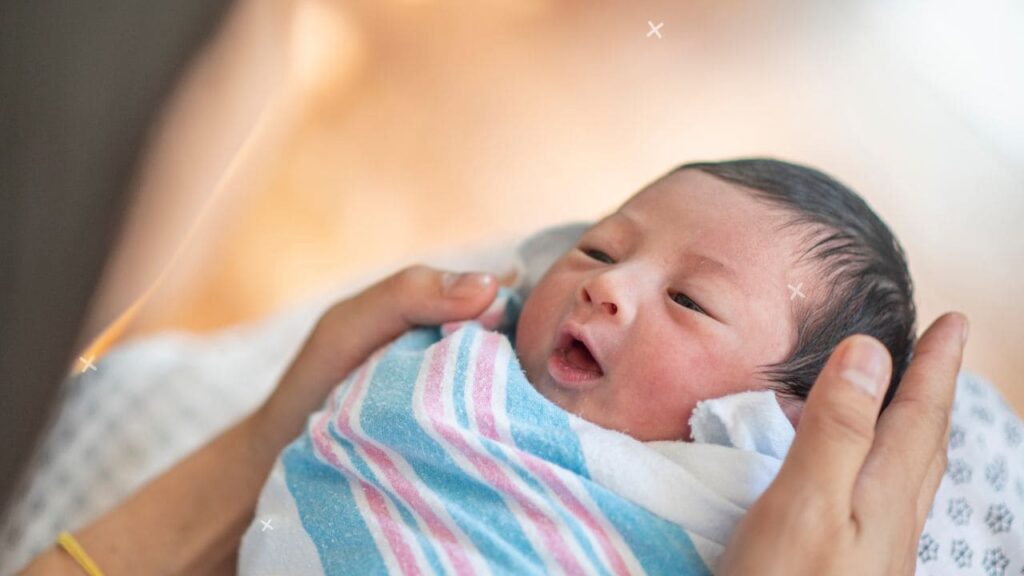
Signs Your Baby Is Transitioning out of The Newborn Stage
- Increased alertness, longer stretches of wakefulness
- Developmental milestones like lifting their head
- Changing sleep patterns, less fussiness
- Growing curiosity about faces, sounds, objects
- Better head control and use of limbs
You’ll notice baby spending more awake time without melting down from exhaustion or overstimulation. Their eyes brighten with interest at the world around them as muscle coordination improves. Relishing “talk time” looking back and forth, grasping a rattle, batting at dangling toys – all signs your little sweetie is ready for more interaction. Take heart that the period dominated by eat-sleep-poop cycles makes way for added bright-eyed playtime.
Sign #3: Baby Has Better Head and Neck Control
Right after birth, a newborn’s neck muscles cannot yet support the weight of their wobbly head. But fast forward a couple months and you’ll spot babies holding themselves upright steadily when sitting up. Tummy time helps strengthen core muscles until one magical day they can push up onto their forearms. Then maybe inchworm crawling? Early mobility equals major progress!
The motor control milestones probably elicit some bittersweet feelings for parents. I remember my son gaining coordination transforming almost overnight from that floppy, cuddly newborn into a squirmy handful! But kids gotta learn gross motor skills by doing the worm, attempting rolls, swatting enthusiastically. Mastering their body in space reveals so much brain development happening inside their soft little skulls.
Sign #4: Baby Begins Reaching for and Grabbing Toys
As eyesight sharpens during initial months, early batting gives way to visually tracking objects held in their line of vision. Behold the look of intense concentration grasping the dangly giraffe! Reaching out to swipe toys signifies your baby understands cause and effect enough to intentionally explore their surroundings.
Their preference for bright colors and mesmerization by stuff that crinkles or lights up demonstrates cognitive gains. Dexterity blooms each time their grip becomes more controlled, able to transfer items from hand to hand. Such exciting achievements for tiny humans! With mobility comes opportunity to discover how their actions influence the environment. Hello world, indeed!
Sign #5: Baby is Less Fussy Overall
Ah yes, who could forget the near-constant crying or unexplained fussiness only placated by nursing or pacifier reinsertion? As overwhelming as it feels navigating their discomfort, take comfort from knowing periods of intense crying peak around 6 weeks. Thereafter, babies’ emotional regulation and ability to self-soothe improves dramatically up to 12 weeks and beyond.
Once my son hit 3 months old, the switch flipped almost overnight. On our usual evening walk around the neighborhood, he began gazing wide-eyed at other people, dogs, trees blowing in the wind. It clicked how much more engaged with surroundings he seemed compared to weeks prior. “Colicky” babies start displaying more of their personality as their senses, cognition and motor skills come online to interact pleasurably.
Sign #6: Baby Smiles Socially and Coos
Few things melt a parent’s heart faster than an unprompted smile from their bundle of joy. Early on, smiles occur reflexively when passing gas or transitioning sleep cycles. But social smiles emerging around 6 weeks communicate, “This person I adore!” Laughing out loud follows soon, along with googoogaga vocalizations. We can almost glimpse their thoughts blinking to life acknowledging loved ones.
Reciprocal face-to-face exchanges strengthen neural connections critical for speech and emotional development down the line. I relished our son first “talking back” to me while diaper changing as if he understood my every word! Well, maybe he was just parroting sounds or captivated by my animated facial expressions. But such baby babble signals attempts at non-crying communication. Huzzah for cooing, humming, raspberries – music to parents’ ears after so much colic.

Sign #7: Baby Shows Marked Growth
As described earlier, newborns undergo astounding transformation those first three months. At minimum, babies double original birth weight by the end of that period. They experience a major growth spurt around 2 weeks when nursing gets established, plumping up those cheeks. Then another leap around 6-8 weeks as they become more efficient nursers.
Length-wise, newborns grow about an inch per month too. You’ll notice their onesies suddenly seem too small when legs start getting longer and less curled up. Rolling physical milestones necessitate keeping their nails trimmed so they don’t accidentally scratch themselves. Ensure you snap plenty of photos because babies change so much week to week! Their marked growth into a more elongated infant confirms your baby is developing right on track.
Sign #8: Baby has Better Digestion
The newborn digestive system faces significant adjustments those first couple months. Their tiny tummies only handle small volumes of milk initially. Some babies struggle with painful gas or reflux causing fussy crying. Bowel movements depend on whether they are exclusively breastfed or take formula, swinging wildly those early days. Parents fret over spit-ups, blowouts and odd poo consistencies.
But by 2-3 months old, babies’ gut function matures enough to handle increased feeding efficiency and volume. Signs your infant’s digestion normalizes include going 1-2 weeks between poos, better gas control, taking more ounces per feeding, longer intervals between hunger cries. Our pediatrician emphasized not to worry unless weight gain or behavior seems off. So although messy, digestive changes demonstrate helpful maturation.
As you can see, babies undergo profound developmental shifts during the transition out of the newborn bubble. Major mental and physical milestones set the stage for meeting their needs more independently. But leaving that fourth trimester still requires adjusting caregiving techniques and emotional support too.
Feeding Changes
Evolution of baby’s nutritional needs
As covered above, newborn feeding and digestion differs enormously from even a 3 month old. Where milk intake previously sustained their growth sufficiently, solid foods introduce brand new textures. Around 4-6 months old, the American Academy of Pediatrics recommends integrating single-ingredient infant cereals and purees. This exposes babies to various flavors while packing extra hydration, fiber and nutrients into their evolving diet.
Breastfed babies take the lead on when they seem hungry for solids based on tonguing motions, leaning forward, watching others eat. Formula fed infants may try cereals earlier following 4 month checkups to help fill them up. Just don’t replace milk nutrition yet – solids at this introductory stage simply supplement their high liquid needs as food innocents!
Introducing solid foods and adjusting feeding schedules
Over subsequent weeks and months beyond the newborn stage, parents gradually shift toward feeding solids first before offering breastmilk or formula. Meal and snack schedules increasingly mimic family routines once infants master chewing/swallowing. Their capacity to ingest bigger portions means nursing or bottling becomes supplemental rather than primary. What an adaption responding to their multiplied energy requirements once mobile!
Eventually, nursing reduces down to a few key times during the day – after waking, pre-naptime, bedtime. Babies continue receiving valuable antibodies and hydration from breastmilk or formula as other foods become their main calorie source. Paying attention to their hunger/fullness cues (rather than strict times) ensures adequate nutrition while nurturing healthy self-regulation. Celebrate their progress at family mealtimes, even amid early food flinging phases!
| Age | Transition |
|---|---|
| 0-3 months | Exclusive milk feedings (breastmilk and/or formula) |
| 4 months | Introduce single-ingredient cereals and purees |
| 6 months | Add pureed vegetables, fruits, meats |
| 8 months | Eat finger food and smaller mashed solids |

Stimulating Development
Engaging in activities that stimulate baby’s senses and promote overall development
The newborn fog lifts as babies awaken to a world of stimulating sights, sounds, scents and textures begging exploration! This cognitive leap after a couple months invites parents to incorporate more sensory play and variability into routines. Vary the lighting, bring outside sounds/music into the home, offer finger foods, queue up contrast board books.
Babies delight seeing themselves in mirrors – those smiles and babbles are them processing notions of self. Experience novel sensations (always gently and for short bursts) – warm bath water, cool cucumber slices, feathery kisses, vibrations against their feet. Smell play encourages deeper breathing too – offer a banana, lemon or your skin for them to sniff curiously.
Tips for talking, singing, playing games, and incorporating tummy time
Verbally engage your little sponge as often as possible, describing your actions, their observations, household happenings. Sing songs with melodies that swoop up and down as they perceptively track your voice. Smiley Gambles help strengthen neck muscles while making silly faces. During tummy time, arrange toys at varying heights to motivate pushing up onto hands, reaching outward.
Incorporate cause-and-effect games like peekaboo or knocking down block towers. Respond to your baby’s babbles to demonstrate back-and-forth communication. Overall, interactively nurture their budding potential without overscheduling – let your infant guide you toward what captivates them most during this awakening phase!
Social Interaction
Encouraging face-to-face interactions and fostering social and communication skills
While your baby starts recognizing your voice and scent immediately after birth, their social awareness explodes around 2-3 months old. As new parents, we become skilled interpreters of cries, grimaces or gazes signaling hunger, wet diapers, sleepiness. After the newborn adjustment period though, babies actively study facial expressions, mirroring smiles, taking conversational turns babbling.
Ensure you position yourself opposite your baby frequently, letting them stare into your eyes as you model expressive reactions. Exaggerate happy smiles to elicit joyful coos – such primal pleasures of human connection! Make eye contact while caregiving and describe what you are doing to expose them to more language. Soon they understand “Up you go!” means lifting them overhead happily.
Introducing playdates and group activities To nurture your baby’s blossoming social awareness safely, arrange friend/family playdates around 3 months old. Short 30-minute sessions allow peers to be curious about each other while learning gentle touches. Mimicking sounds and grasping toys teaches early sharing too. As baby matures, join parent-child early learning classes like music together for added sensory play with others.
Around 5-6 months old, infant story time at libraries foster crawling/cruising foundational mobility skills as well as social know-how. Sure, they mostly mouth board books solo at first – but baby sign language, songs and bubbles wow them among new little comrades! Connecting regularly with outside caregivers – grandparents, babysit
FAQ – When is the Newborn Stage Over
How long does the newborn stage typically last?
The newborn stage spans roughly the first 1 to 3 months of a baby’s life. There is no set cutoff, as each infant develops differently. But many pediatricians consider babies to exit the newborn phase around 12-16 weeks when sleeping and feeding patterns shift from an every-2-3-hour cycle to longer stretches overnight and between meals.
What if my baby is 5 months old but still seems very “newborn-like”?
While most babies transition around 3 months, some take longer, especially premature babies. Bring up any concerns with milestones at your pediatrician’s office. They can assess factors like weight gain, alertness and rule out any other health issues to determine if your baby may just be on the slower end. Having support for nurturing development is key.
How can I help my baby through this transition from newborn to infant?
Nurture their blossoming awareness by incorporating more sensory play, tummy time and songs/stories into your routines. Monitor changing sleep and hunger cues to adapt how you comfort or feed them. Introduce social interactions with family/friends and infant play groups to build communication skills. Support their growth during this transition responding to their individual timing.
Why does my 3 month old baby suddenly seem so much more alert and active?
Congratulations, your baby is developing right on track! Around 2-3 months, babies become more consciously aware of their surroundings as vision sharpens, motor skills improve and sensory understanding explodes. You’ll notice longer awake windows filled with bright-eyed curiosity rather than newborn fuzziness. Embrace this exciting transition!
When can I start sleep training my baby?
Pediatricians advise waiting until at least 4 months old before attempting any formal sleep training methods. By then babies have developed circadian rhythm cycles, regained birth weight consistently and feed more efficiently to sustain longer nighttime fasting. Ensure you have pediatrician sign-off on infant health before disrupting their natural newborn wake/sleep patterns.






